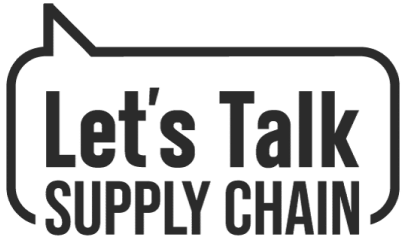In the ever-evolving landscape of supply chain management, procurement leaders must stay ahead of the curve to ensure success in 2025 and beyond. As industries continue to face unprecedented challenges and opportunities, it is indeed crucial for procurement leaders to embrace innovative strategies that will drive efficiency, resilience, and growth. In this article, we will explore four key strategies that procurement leaders can adopt to navigate the complexities of the future supply chain landscape. From leveraging technology to fostering sustainable partnerships, these strategies will empower procurement leaders to thrive in the dynamic world of procurement in 2025.
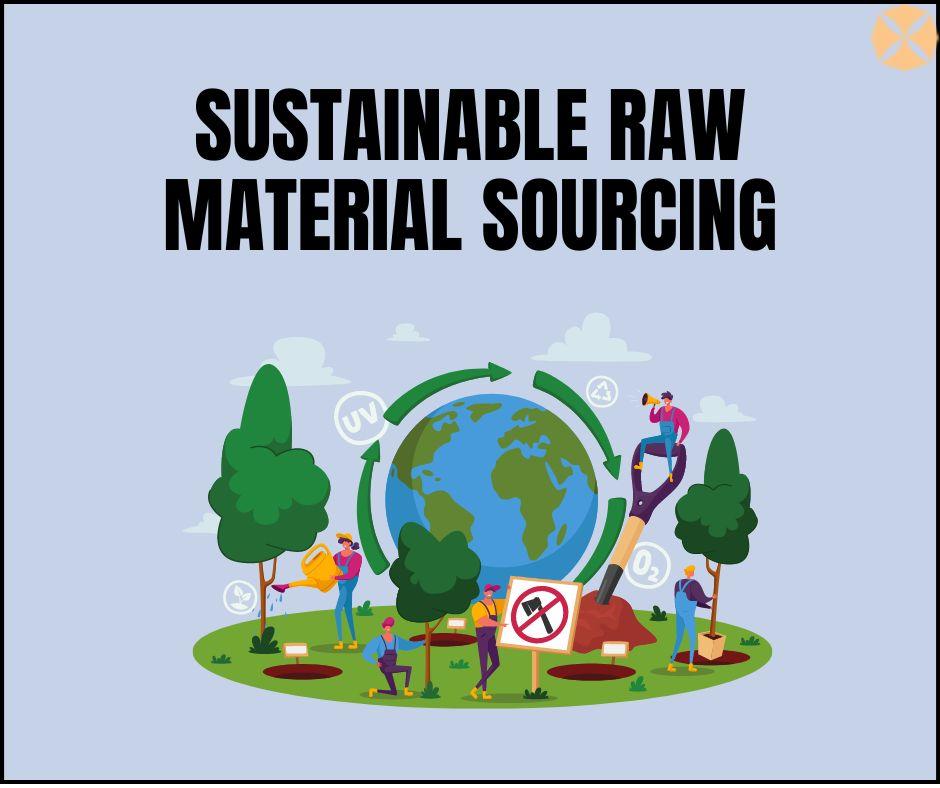
Strategies for Procurement Leaders to Boost Sustainability in Sourcing Practices
When it comes to boosting sustainability in sourcing practices, procurement leaders need to stay ahead of the curve. Here are four strategies for procurement leaders to embrace in 2025:
- Embrace circular economy principles: Procurement leaders can enhance sustainability by shifting towards circular economy practices. This involves designing products for reuse, recycling, and refurbishment to minimize waste and maximize resource efficiency.
- Collaborate with suppliers: Foster strong partnerships with suppliers who share your sustainability goals. By working closely with suppliers, procurement leaders can ensure that sustainability is prioritized throughout the entire supply chain.
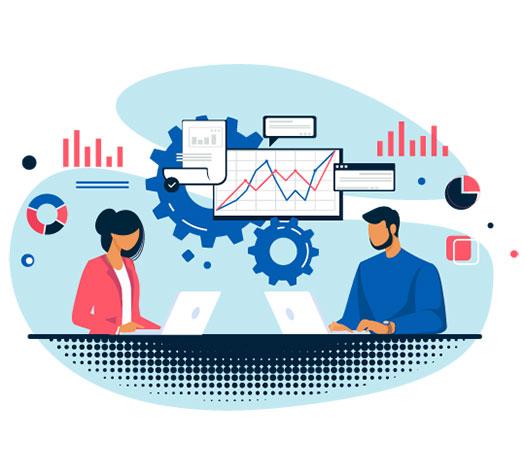
Enhancing Resilience Through Technology Integration in Procurement Processes
In the ever-evolving procurement landscape, technological integration has emerged as a crucial enabler of resilience. As we look ahead to 2025, procurement leaders must navigate a complex environment by embracing innovative strategies that leverage technology for enhanced efficiency and agility. Here are four key approaches for organizations to consider:
- Digital Procurement Platforms: Investing in robust digital procurement platforms can streamline processes, improve openness, and facilitate collaboration across the supply chain.
- Data Analytics: Harnessing the power of data analytics allows procurement leaders to make informed decisions, optimize resource allocation, and identify opportunities for cost savings.
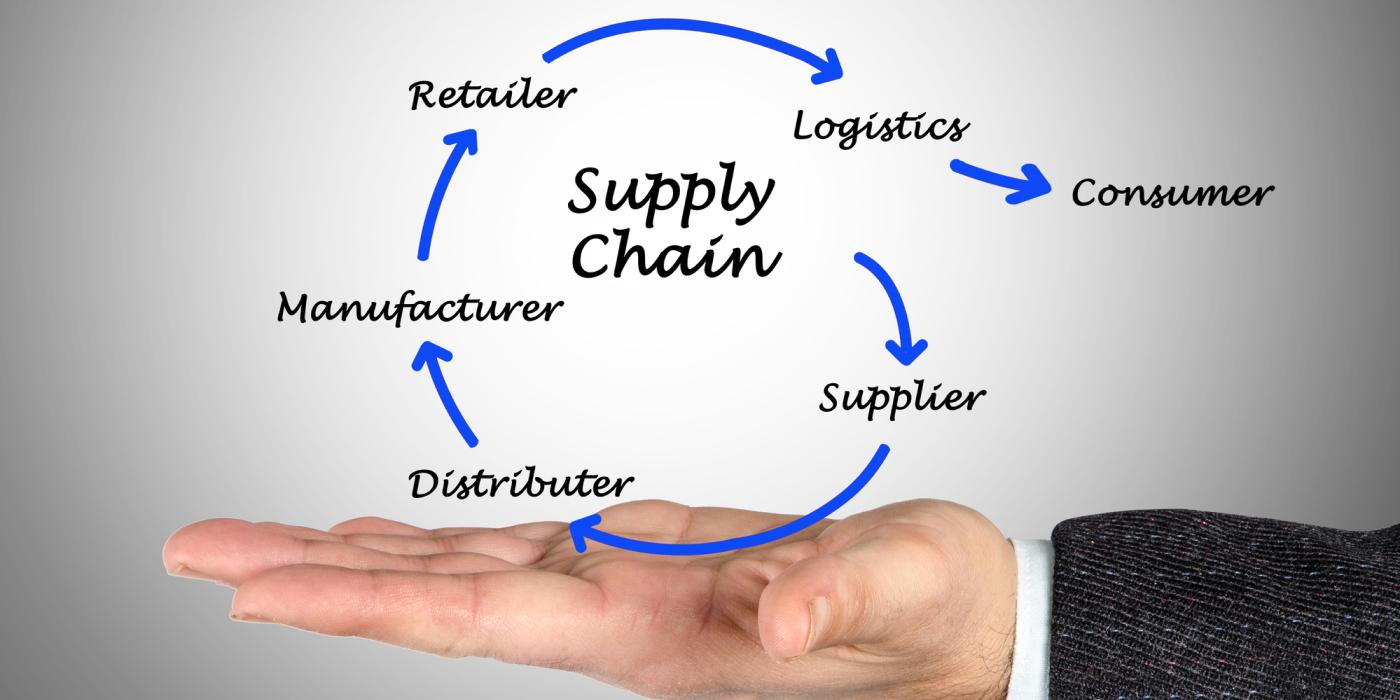
Fostering Collaboration and Transparency Across Supply Chain Partners
Embracing a culture of collaboration and transparency is essential for procurement leaders navigating the complex landscape of the supply chain in 2025. To foster strong partnerships with supply chain partners, leaders can implement the following strategies:
- Shared Data Platforms: Encourage the use of shared digital platforms for real-time data sharing, enabling all partners to have access to accurate and up-to-date data for better decision-making.
- Transparent Dialogue: Establish open lines of communication, leveraging tools like video conferencing and instant messaging to facilitate regular and transparent dialogue among all stakeholders.
Empowering Procurement Teams Through Continuous Upskilling and Training
Procurement leaders in 2025 need to adopt innovative strategies to empower their teams and stay ahead in the rapidly evolving landscape of supply chain management. Embracing continuous upskilling and training is crucial to ensuring procurement teams are equipped with the knowledge and skills needed to navigate complex procurement challenges.
Here are four key strategies that procurement leaders can implement to drive success:
- Invest in Technology: Utilize advanced procurement tools and technologies to streamline processes, improve efficiency, and enhance decision-making.
- Foster Collaboration: Encourage collaboration within the procurement team and cross-functionally with other departments to foster innovation and drive business growth.
- Prioritize Sustainability: Integrate sustainable practices into procurement processes to reduce environmental impact and create long-term value for the association.
- Enhance Supplier Relationships: Cultivate strong partnerships with suppliers through effective communication, transparency, and mutual trust to ensure a reliable and resilient supply chain.
Insights and Conclusions
As the landscape of procurement continues to evolve, it is clear that embracing new strategies is essential for leaders to stay competitive in the ever-changing market. By incorporating these four key strategies into their approach, procurement leaders in 2025 can navigate challenges and seize opportunities with confidence. As we look towards the future, it is indeed critically important to remain adaptable, innovative, and forward-thinking to drive success in the dynamic world of supply chain management. The possibilities are endless for those willing to embrace change and lead the way towards a more efficient and sustainable future.
